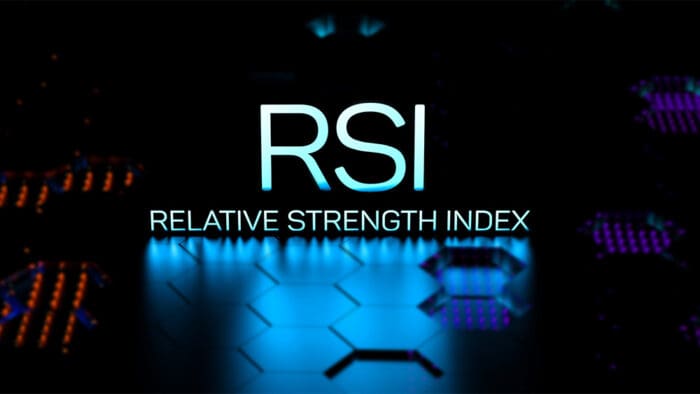Passive investing has grown in popularity in recent decades relative to active investing. As it is argued, it is difficult, if not impossible, to outperform the market, which is supported by numerous academic papers that find the average mutual fund returns are equal to or lower than market returns. Passive investors, therefore, seek to match the market returns while minimizing the costs. These investors often skew towards exchange-traded funds (ETFs), which offer ownership in a large subset of the market by passively tracking the price movements of their underlying benchmark index. As a result, ETF returns are usually close to the market return, while their fees are typically low, especially relative to other, more active mutual funds.
ETFs employ two fundamentally distinct methods to replicate their underlying benchmark index. The more conventional method, physical replication, involves holding all constituent securities (full replication) or a representative sample (representative sampling) of the benchmark index. In contrast, the synthetic replication achieves the benchmark return by entering into a total return swap or another derivative contract with a counterparty, typically a large investment bank. As we have previously discussed, there is no significant difference in the tracking ability between the physical and synthetic ETFs in the long term. However, synthetic ETFs have more substantial tracking errors after a sudden increase in counterparty risk but are less affected by liquidity shocks than physically replicated ones. And while our article compares physical and synthetic ETFs, it does not address the differences between the full replication ETFs and sampling ETFs. Therefore, one may ask a question: “When selecting a physically replicated ETF, which replication method is better, full replication or representative sampling?”
A novel paper by Dyer and Guest (2022) offers several insights on this topic as it examines the tracking ability of 3,365 U.S.-based equity physical ETFs and mutual funds from 2010 through 2020. Among the studied funds, 52% use physical replication, 37% use representative sampling, and the remainder are “hybrids” that typically employ physical replication but may implement sampling under certain conditions. The study shows that sampling funds have higher turnover and expenses while earning worse returns relative to full replication funds. In particular, the differences in costs and returns translate into about 60 basis points lower returns for samplers per year on a net return basis. This finding is not driven by niche indices, as authors find similar results in the subsample of funds tracking the S&P 500 and other market-cap-based indices. However, differences between samplers and replicators disappear for funds following indices with many constituents (i.e., 1,000-3,000 stocks), suggesting that sampling can reduce replication costs in certain situations.
The replication vs. sampling dimension should be of interest to ETF investors, who are often encouraged to focus on factors such as expenses and fees when selecting investments. While these factors are certainly crucial, investors may have little awareness of the extent to which fund expenses and returns are driven by the mechanics, including replication vs. sampling, underlying their fund managers’ efforts to track a benchmark index.
Authors: Travis Dyer and Nicholas Guest
Title: A Tale of Two Index Funds: Full Replication vs. Representative Sampling
Link: https://ssrn.com/abstract=4057537
Visit Quantpedia to read the full article: https://quantpedia.com/etfs-whats-better-full-replication-vs-representative-sampling/.
Disclosure: Interactive Brokers Third Party
Information posted on IBKR Campus that is provided by third-parties does NOT constitute a recommendation that you should contract for the services of that third party. Third-party participants who contribute to IBKR Campus are independent of Interactive Brokers and Interactive Brokers does not make any representations or warranties concerning the services offered, their past or future performance, or the accuracy of the information provided by the third party. Past performance is no guarantee of future results.
This material is from Quantpedia and is being posted with its permission. The views expressed in this material are solely those of the author and/or Quantpedia and Interactive Brokers is not endorsing or recommending any investment or trading discussed in the material. This material is not and should not be construed as an offer to buy or sell any security. It should not be construed as research or investment advice or a recommendation to buy, sell or hold any security or commodity. This material does not and is not intended to take into account the particular financial conditions, investment objectives or requirements of individual customers. Before acting on this material, you should consider whether it is suitable for your particular circumstances and, as necessary, seek professional advice.
Disclosure: ETFs
Any discussion or mention of an ETF is not to be construed as recommendation, promotion or solicitation. All investors should review and consider associated investment risks, charges and expenses of the investment company or fund prior to investing. Before acting on this material, you should consider whether it is suitable for your particular circumstances and, as necessary, seek professional advice.
Disclosure: Complex or Leveraged Exchange-Traded Products
Complex or Leveraged Exchange-Traded Products are complicated instruments that should only be used by sophisticated investors who fully understand the terms, investment strategy, and risks associated with the products. Learn more about the risks here: https://gdcdyn.interactivebrokers.com/Universal/servlet/Registration_v2.formSampleView?formdb=4155














Join The Conversation
For specific platform feedback and suggestions, please submit it directly to our team using these instructions.
If you have an account-specific question or concern, please reach out to Client Services.
We encourage you to look through our FAQs before posting. Your question may already be covered!